I just returned from my annual airline recurrent AQP, or Advanced Qualification Program, training. (We sure are an industry and avocation of acronyms.) One theme of our training this year was an emphasis on go-arounds and missed approaches. Looking at data, the head sheds and head Feds apparently don’t think we are doing either often enough. So we practice.
What’s interesting about going around is that it is a fundamental flying maneuver across the spectrum of aviation—from the humblest two-seat trainers to the mightiest behemoths. Civilian or military, big or small, it doesn’t matter what we’re flying—we all learn about the go-around and practice them from our earliest training and throughout our entire occupations and avocations.
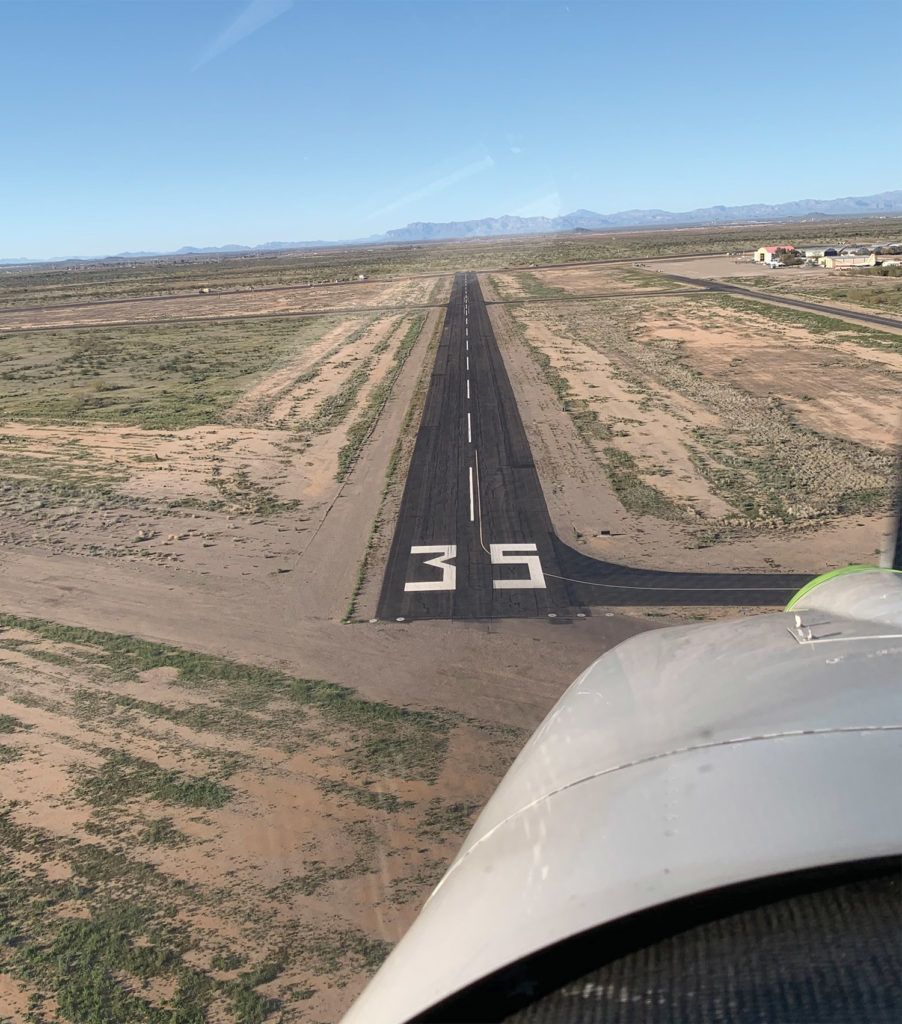
In its most basic form, the go-around is a tool in our pocket and, hopefully, an ingrained habit pattern in all of us. It should be used to eliminate the need to make tough decisions at critical times—such as on short final for landing. It’s a reset, a do-over, an opportunity to reevaluate and potentially re-situate on a gentle, unpressured downwind. The go-around gives you time to better prepare for a more appropriate, more stabilized arrival. By the way, that arrival could be to the original airport runway or, depending upon conditions, maybe to a different runway or even a different airport.
What Went Wrong?
Often we find simply find ourselves high and/or fast on approach. From a Cessna 150 to an Airbus A380, sometimes the old gal just doesn’t want to come down like we need her to. Little guys have the advantage of slip maneuvers that big iron drivers don’t. (It’s not that a Boeing can’t slip; it’s that neither the passengers nor the fanjet engines, which depend on unrestricted airflow, would be happy about the maneuver.) But while slipping is also an important option to learn and can “save” some approaches, it still doesn’t negate the importance of recognizing when going around is the right thing to do. The same applies to limited use of speed brakes the big guys have. They’re a great tool, that’s true, but the time to correct and save a non-standard approach is early on the arrival, not on short final.
Sometimes we put ourselves into a situation where a go-around is needed, and it’s our fault. We simply screwed up. It happens to the best of us. We started down late, misjudged the distance to the runway, whatever. We’ve all done it. Sometimes it’s a controller’s fault for putting us in a tight situation for their own needs, such as traffic. Sometimes controllers or “little guy” traffic get blamed in the subsequent P.A. to the passengers explaining why we’re taking a low-level sightseeing tour of southwest Chicago—whether actually true or not.
Sometimes conditions change on board the aircraft, such as selecting flaps that subsequently don’t operate correctly. Oftentimes, weather conditions change—a sudden shift in wind direction or speed can make a different runway the more prudent and safer choice.
When It Happens
I once had my landing clearance in a Boeing 737 canceled on short final at Burbank Airport’s Runway 8 and told to go around and fly a visual approach to Runway 33—because police officers and bank robbers were in an intense gun battle right off the end of Runway 8. True story. One time I was lined up perfectly in the slot…short final for the dirt strip at Mulegé, Baja California, Mexico, when a soccer ball rolled out onto the runway followed by several local kids and a couple of dogs who obviously didn’t hear or see me. It was the first time I ever went around in Spanish, but for full disclosure, I did it with a low approach so that the chicos would darse cuenta and clear the runway.
Sometimes our wheels have already touched the runway and we still need to go around. Little guys usually don’t do landing performance calculations like big guys. But all calculations are worthless if you float down past the touchdown zone. The first third of the runway is a good gouge for everybody. Touching down beyond that point is adding significant risk and is a prime time to go around and try again.
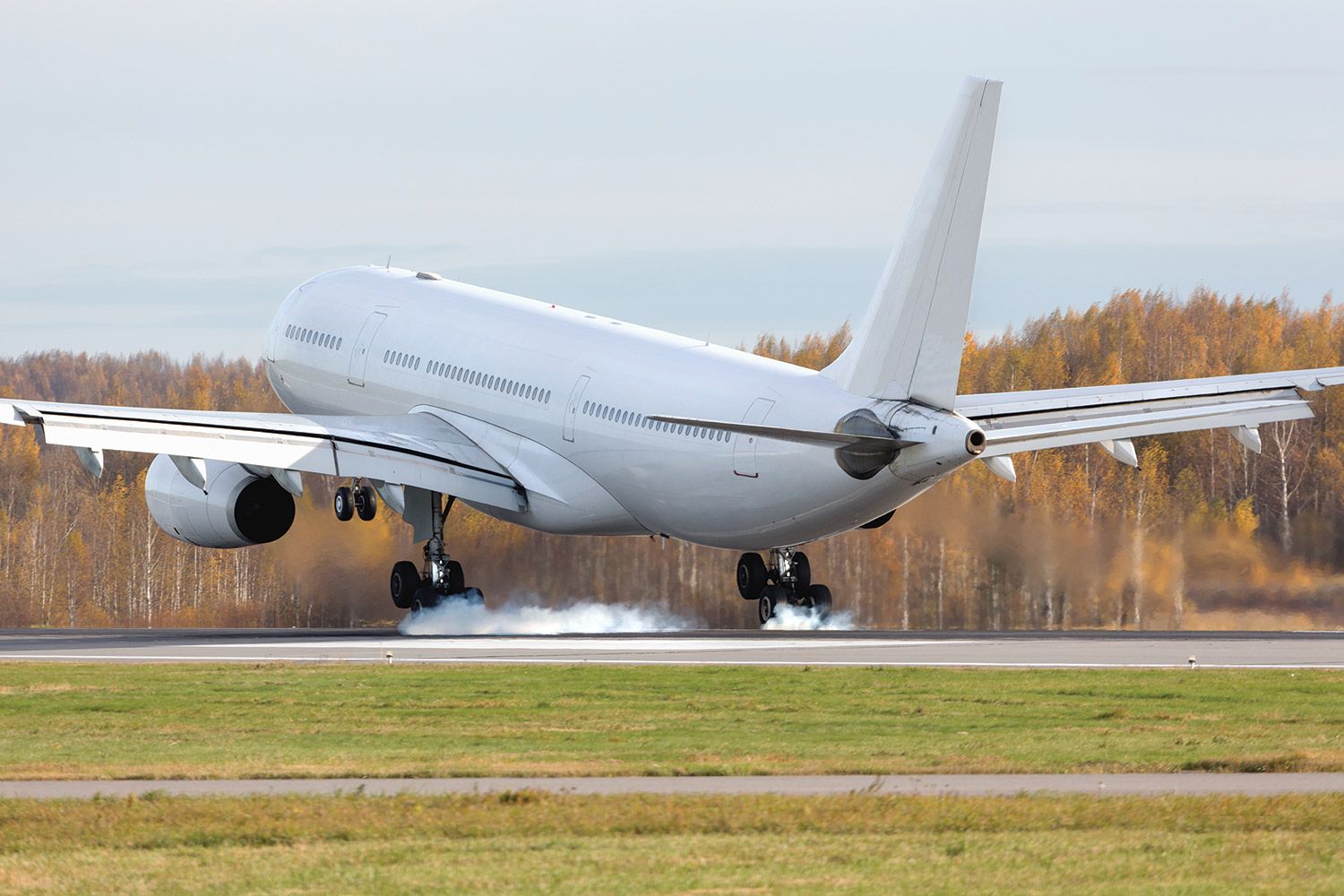
Stuff Happens, Out of the Blue
Going around is a good thing to practice and should be part and parcel of all check rides and reviews. Know the procedures. One change between the maximum flap settings on Cessna 150s and their C152 replacements was the elimination of the very effective max flap setting, all because those big flaps could make the aircraft difficult to fly on a go-around if not retracted. Most aircraft approach speeds and climb-out speeds are very similar. Therefore, if properly trimmed, the airplane should fly out nicely with minimal trim changes after the advancement of power. Don’t forget items like carb heat, prop controls, cowl flaps, etc., which should be routinely taken care of on every final approach in the possibility of a go-around/missed approach.
Sometimes pilot culture considers saving a botched approach as superior airmanship. It isn’t. Sometimes pilots are hesitant to go around because it is viewed as admitting to a mistake. So what? It is much preferable to being in the chief pilot’s office and everyone present has a chair except you. It’s much better than seeing the shock of the premium spike on your next insurance renewal after a mishap. Of course, even those are preferable to being 6 feet over or 6 feet short—putting you 6 feet under.


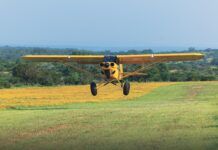





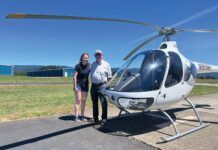


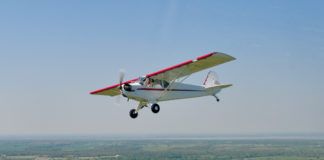
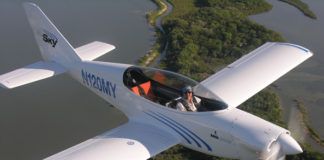

Well written article. As a glider pilot ( 3000 hours and 30 years) a go-around does not come naturally to me. Something I gotta work on.
Thanks for reading and thanks for engaging.
I’m not a glider pilot (yet), but I can’t imagine that there is any group paying more rapt attention to arrival progress than you guys. Best wishes
Myron
One place a Go-around is a REQUIREMENT: An over-shot turn Base-to-Final. You are low and slow, short Final and you over-shot the turn. A prime setup to reef the turn in with a stall and spin in the making.
My pilot-passenger told me he could have made the landing: But then, we walked away from the subsequent good landing rather than be carried.
Yes, this is a very good article. Thanks for the reminders.
One thing I don’t see mentioned in discussions about aborts is having criteria in mind before each landing. We should be thinking “I will abort if ________” and fill in the blank with a few things unique to that approach, runway and current conditions. Some examples of things to consider are “I will abort if . . .”
– My airspeed exceeds +/- 10 of my target approach speed
– Above/below the VASI (esp. at night)
– If I haven’t touched down by ______
– I don’t have and maintain a stabilized approach after a one mile final
– The crosswind is over XX kts
– Anything is on or wrong with the runway (debris, a deer, standing water, etc.)
Another thing is to consider is the latest point that you can safely abort a landing. On most runways it is after touchdown. How far can you touchdown and safely stop, or add power and safely climb out? On landings like this my abort “briefing” is something like “My abort is a touch & go and I need to be down and braking by the second taxiway.”
As a backcountry pilot who lands at confined and sloped runways the abort point is often in the air. I have had abort points up to a mile from touchdown. In these situations you need to know where the abort point is, which is the last point you can still safely turn out or overfly the terrain. With an airborne abort it is critical to do it the predetermined spot and NEVER abort after it. If you abort in the air too late most likely it will end up as a stall/spin or CFIT; this will not end well. You need to clearly have the criteria in mind that would make you abort (airspeed/groundspeed, altitude, stabilized, check list complete, turbulence/winds, runway clear, etc.). After the abort point even if something happens you MUST continue, land and make the best of the situation even if it means hitting a deer, going in a ditch or ground looping the plane. A typical abort briefing for a strip like this would be, “My abort point is (altitude/location/object). I will abort if (see above criteria). After this I WILL continue and need to be down and braking by _____.”
I have been flying for 36 years minus a time off here and there. With the exception of training in a new aircraft I couldn’t tell you the last time I did one. Then, this year happened….twice. My Tailwind W8 with flaps extended flew out of both after touching down. It was disconcerting and yet I was greatful to my instructors … both of them…long ago who insisted on the training and drilled into me the necessity of practicing this most basic of life saving and aircraft saving maneuvers.